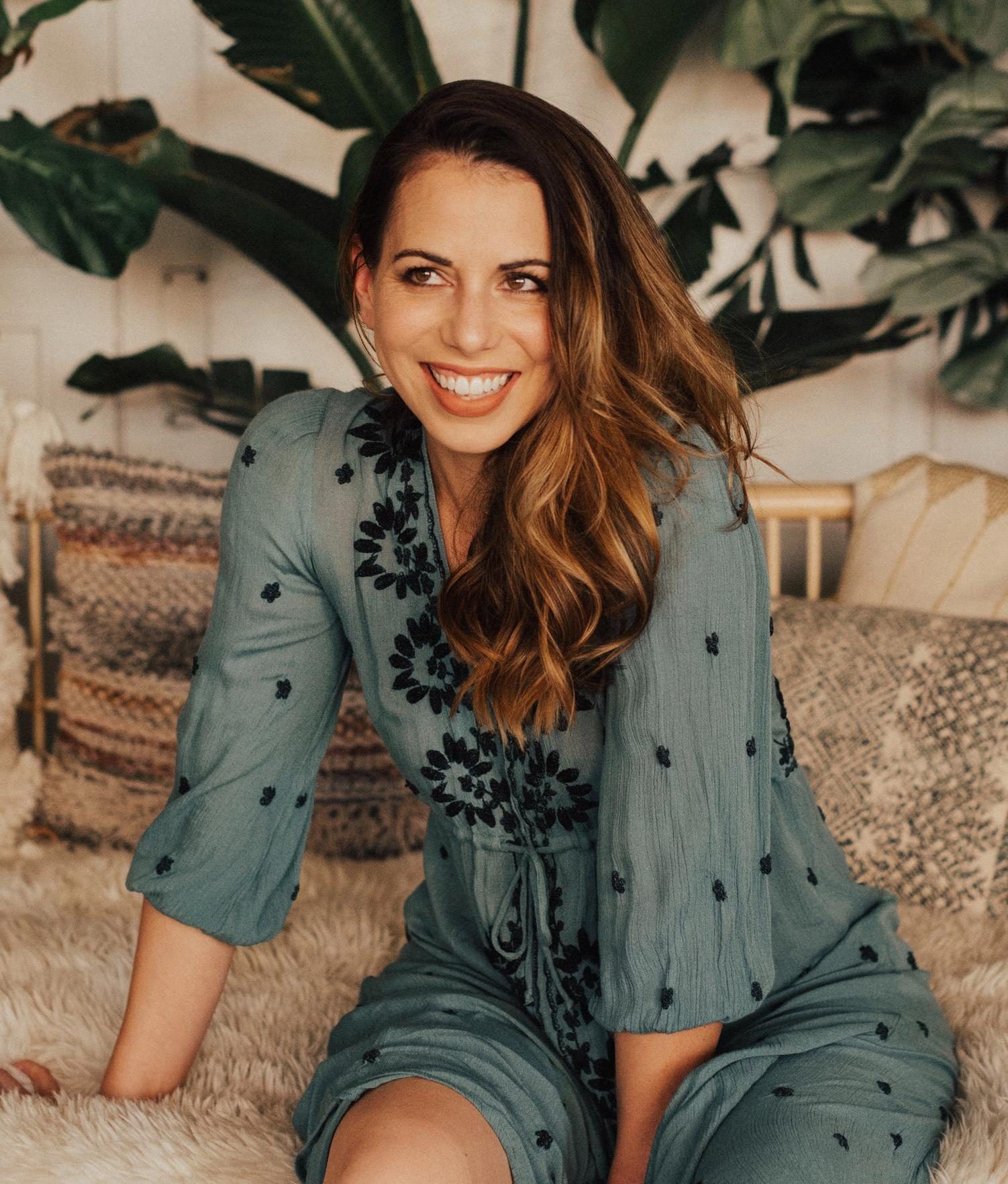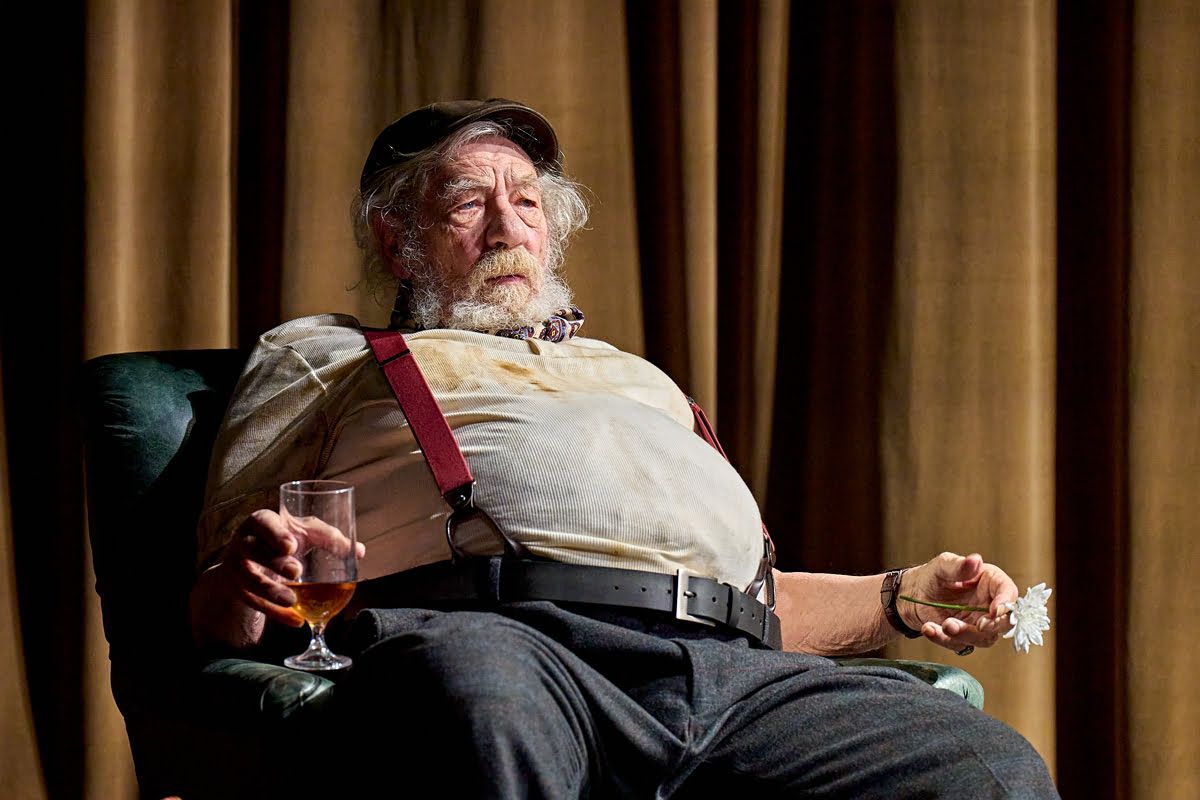
A Twist on Victorian Style: Breaking Down the Fashion of “Poor Things”
Based on the 1992 novel of the same name, Poor Things was named one of the top ten films of 2023 by the National Board of Review after receiving critical acclaim. The film has four Oscar wins, along with two Golden Globes and five BAFTAs.
Aside from receiving praise for its actors’ performances, the film also shone in its otherworldly and surrealist production design, which director Yorgos Lanthimos described as the “world according to Bella” — the film’s protagonist. With a production design team consisting of famed designers James Price and Shona Heath, the film uses practical props and design elements to blend into a world that is dark, romantic, and dreamlike all at once.
Filmed on large-scale sets built in Budapest, the film won Oscars for production design, makeup and hairstyling, and costume design. Of course, lead actress Emma Stone also celebrated a win in the Best Actress category. When you look at the film’s Frankenstein-like design approach, the wins for production design, styling, and costume make perfect sense. Accompanying Poor Things’ host of odd characters is its surrealist visuals that complement Bella Baxter’s arc. In this post, we’ll take a closer look at the design and fashion of Poor Things:
Victorian, But Not Period
For costume designer Holly Waddington, director Lanthimos had quite a specific request regarding how he wanted the film to look: he didn’t want it to be “overtly like a period drama” but not “overtly like a science fiction film.” A single reference image was provided by Greek-born Lanthimos — a pair of inflatable trousers that boasted an exaggerated and curvy silhouette.
When viewers first glimpse her, Bella Baxter sports this oversized and exaggerated shape, an image of childlike wonder and curiosity. As we follow her through the cities in the film, Bella’s looks gradually change to reflect her broadened horizons. To her credit, Waddington spent years working in a costume house specializing in archival lady’s fashion. As a result, Poor Things is a strange but self-assured attempt to bend the rules of Victorian fashion, conforming to elements of the time’s fashion but boldly cutting loose of elements like corsetry to push the boundaries and almost imaginary vision of Bella’s character.
Styling Bella Baxter
As explained above, the styling in Poor Things is a conflicting mix of Victorian but not quite. Throughout the film, viewers follow as Bella learns and grows a will to explore the world around her. In one of the first scenes where she does exactly this, we see her wearing a pair of sunglasses — a new fashion accessory for people in the Victorian era and for Bella Baxter. Like much of Bella’s costume, these unique sunglasses are chunky-framed and bold in silhouette, as if they were 3D-printed and sent back in time to the Victorian era.
Fans can cop this look by choosing similar luxury sunglasses with bold shapes and thick frames, like the Prada 06YS, which features a tortoiseshell motif like the ones seen in the film. Brands like Versace and Miu Miu also feature similarly angular and bold lenses with tortoiseshell colorways if you’d like to put your twist on Bella’s look. So iconic were Bella’s sunglasses in the film that Poor Things later came out with a merch partnership with luxury brand Selima Optique. The collection of limited sunglasses includes the now-recognizable tortoiseshell shades and other frame colors if you prefer a simpler or sleeker look, such as black or white.
Styling the World Around Bella
While Bella’s styling and costumes are meant to distinguish her from the rest of her world, costume designer Waddington uses more traditional approaches to Victorian fashion in styling the other characters. Unlike Bella, Godwin Baxter, the doctor Bella calls “God” — played by Willem Dafoe — wears mostly sober colors and silhouettes. This toned-down approach is more aligned with the aesthetics of the late 19th century and is meant to contrast against Bella’s more imaginative fashion sense.
Similarly, Mark Ruffalo’s Duncan Wedderburn is dressed in toned-down colors, almost monochrome, save for a bowtie and a parasol. Ultimately, where Bella’s fashion sense is more ever-evolving and brave in stylistic choices — an intentional and script-loyal move as Bella makes her way through the world without the help of Mrs Prim to show and guide her on what to wear — it seems those around her have no problems conforming to the era’s fashion constraints.
Whether or not you’ve seen the film, Poor Things is an exciting and playful look at what childlike wonder and a disregard for fashion and women-bound constraints can do. If you have seen the film and would like a change of pace and aesthetic, you may want to check out our list of blockbuster movies where we highlighted Emma Stone excelling and finding independence in a completely different era — the 50s-60s of La La Land.





